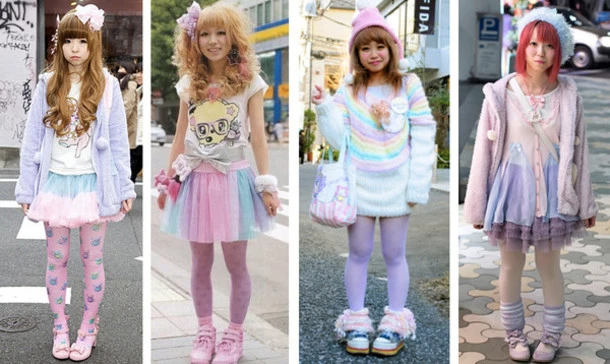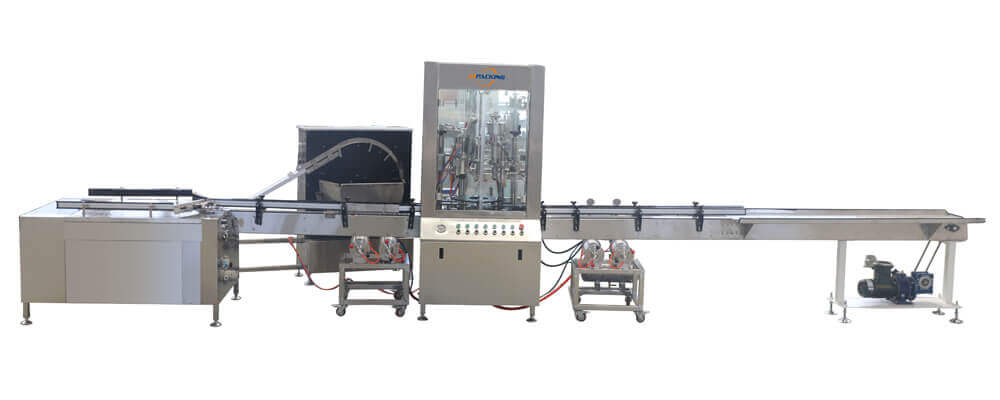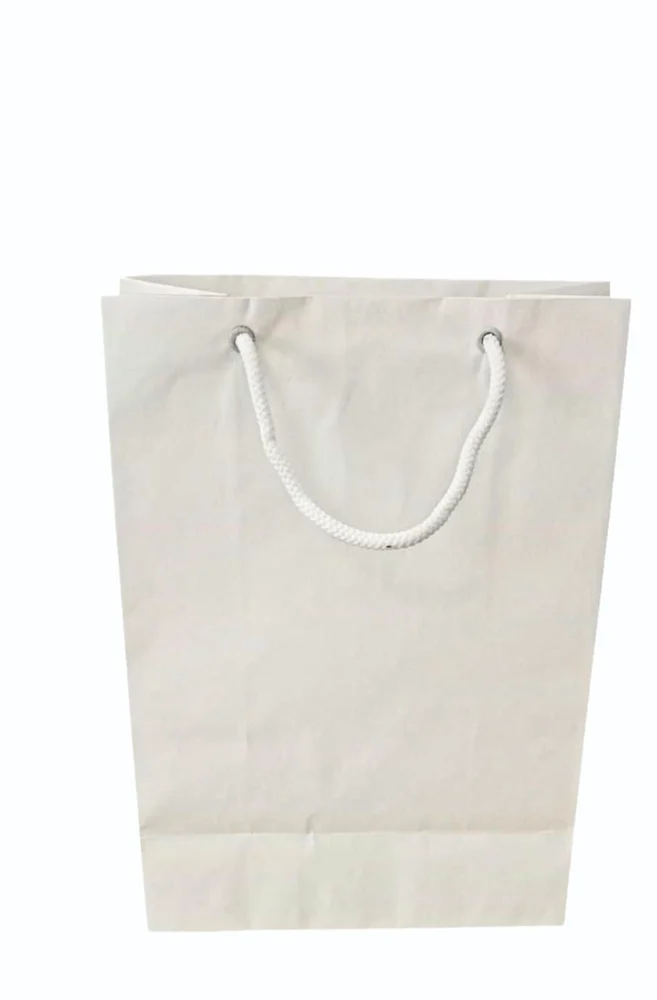Dress up for work in sustainable and ethical business casual clothes from the following brands. Eileen Fisher has a circular model of fashion that involves the use of low-waste materials, reselling second-hand clothing and donating fabric when it can’t be used anymore.
LEZE the Label offers a broad range of casual and business-wear in sizes XS-3XL. They are all produced in LA and delivered sustainably. The company also offers international shipping and also donates to charities.
ADAY
This sustainable clothing brand for women offers fair wages to employees and makes use of ethical fabrics such as organic cotton and Tencel Lyocell. The brand also makes use of recycled poly and colors that are low-impact.
DTC, a clothing for women company, creates pieces that aren’t season-specific to ensure less turnover in closets. They also place emphasis on comfort and fit (think slim-fitting pants with just some stretch). They use OEKO-TEX and Bluesign approved fabrics, and they rely on renewable energy for their manufacturing facilities. The brand is also committed to reducing the amount of waste. Even their clothing is available for return.

Amour Vert
The brand, whose name translates to “green love”, was founded by Christoph Frehsee & Linda Balti. It is a blend of French style and sustainability. Popular styles include the label’s upgraded basic silk dresses, washable and Tencel, modal and “peace” silk (from cocoons where caterpillars can complete their life cycle).
They use traceable wool, organic fabrics, and dyes with low impact. They also have a resales platform known as ReAmour and plant one tree for every t-shirt sold through their Buy a Tee, Plant a Tree initiative. The majority of final production is in the USA, a medium risk for abuse of labor.
Cuyana
Cuyana believes that “less is more” in the field of working wear. Cuyana also makes sure that their pieces are built to last. Cuyana is a Climate Neutral certified company that gives back and uses transparency in the manufacturing process to encourage ethical practices.
WOC’s sustainable brand designs simple pieces made of organic cotton, regenerative hemp, and regenerative linen for a sustainable wardrobe. The circular design helps reduce waste, and they offer sustainable clothing in sizes XXS-2XL. Their pants for women, button ups and dresses are made to be timeless and functional.
Issue Twelve
The large coats and t-shirts in Issue Twelve make great additions to a capsule work wardrobe The brand is committed to responsible sourcing. The brand uses lesser water during its manufacturing process, along with eco-friendly fabrics and non-toxic dyes. It also cooperates with Klow the marketplace that ensures that each brand is audited and paid a living wage for everyone involved within the supply chain. This includes supporting local farmers and artisans. They also make use of certified Global Organic Textile Standards fibers and recycled cashmere.
Eileen Fisher
Eileen Fisher hired an advisor in social awareness, 30 years before sustainability was a fashion-related movement. She created philanthropic initiatives that help women become empowered, and worked on policy issues, and advanced business models to cut down on textile waste.
She also developed her Renew collection that recycles clothes and the Tiny Factory to reduce energy use. She found organic and regenerative cotton fabrics, does not use fur or exotic animal skin, and tracks the animal products she uses. She is a great illustration of the activism in corporate America that’s now in vogue.
Label LEZE
LEZE the Label is a business casual label created by two of their friends. It designs clothing that feels and looks like pajamas. They make their nylon from recycled fishing nets as well as cellulose from beech trees. Their yarn is made with coffee grounds that have been used and get more https://insidemen.vn/blogs/phong-cach-insidemen/cach-phoi-do-cho-nam-cao-1m7.
They offer anti-wrinkle, temperature-regulating, and anti-odour fabric with a stretchy fit in sizes 3XL-3XS. They are a B-Corp certified company, offset their carbon footprint and donate gently used clothing to charities by using no-cost labels. Find their entire collection here.
Back Beat
Back Beat is a US-based sustainable brand for business casuals with a a mission to make the fashion industry more circular, transparent and sustainable. Back Beat’s trendy, casual clothes are made from organic wool, recycled cotton as well as TENCEL(tm).
It’s less important than the initial downbeat, which is why it’s called backbeat. The second rhythmic element is the hallmark of jazz music. Your tune will be fuller in substance and a distinct sound with a great backbeat. It’s crucial for the overall tone of your performance. It also helps with consistent rhythm.
Filippa K
Filippa K designs timeless essentials for the office with Scandinavian minimalistic style and durable quality. They are committed to circularity, traceability, and impact reduction in their designs.
The range of sustainable workwear for women and men is made from eco-friendly materials, including organic cotton, GOTS certified Wool, in addition to sustainable “forest-friendly” viscose. They also provide details about the manufacturing location and country of each garment on their product pages.
The company is a Fair Wear Foundation member and audits its factories annually. The company provides a variety of pre-owned items and can remake or repair any piece.
Komodo
Komodo uses GOTS organic and recycled materials to create workwear that’s both fashionable and durable. Komodo also ensures that their products are produced according to fair labor practices.
Komodo National Park is home to a huge population of the world’s largest monitor lizard, as and other animals like scrub fowl with orange-footed feet and Timor deer. The park is famous for its dramatic scenery, with coral reef species and white beaches.
Sustainable fashion isn’t a new trend at this brand They’ve been committed to this since the beginning of their journey back in 1988. Their clothes mix classic design with Eastern influences to make them stylish and practical.
Jan in June
Jan ‘n ‘ June is conscious of making work clothes that will last. They make their clothing with eco-friendly materials such as organic cotton (which utilizes 93 less pesticides) and micro modal that is made of beech trees, and harvested in a responsible manner through sustainable forestry.
To reduce their carbon footprint, they produce locally to reduce their carbon footprint. They also manufacture locally in Europe. Their rating for animals is good, which means they don’t make use of leather or fur, and use only traceable wool accredited by the RWS.
Browse their casual business attire like buttons downs and blazers! Also, they offer unisex women’s apparel. The WOC-owned company supports their staff with a good wage and the opportunity to take maternity leave.





